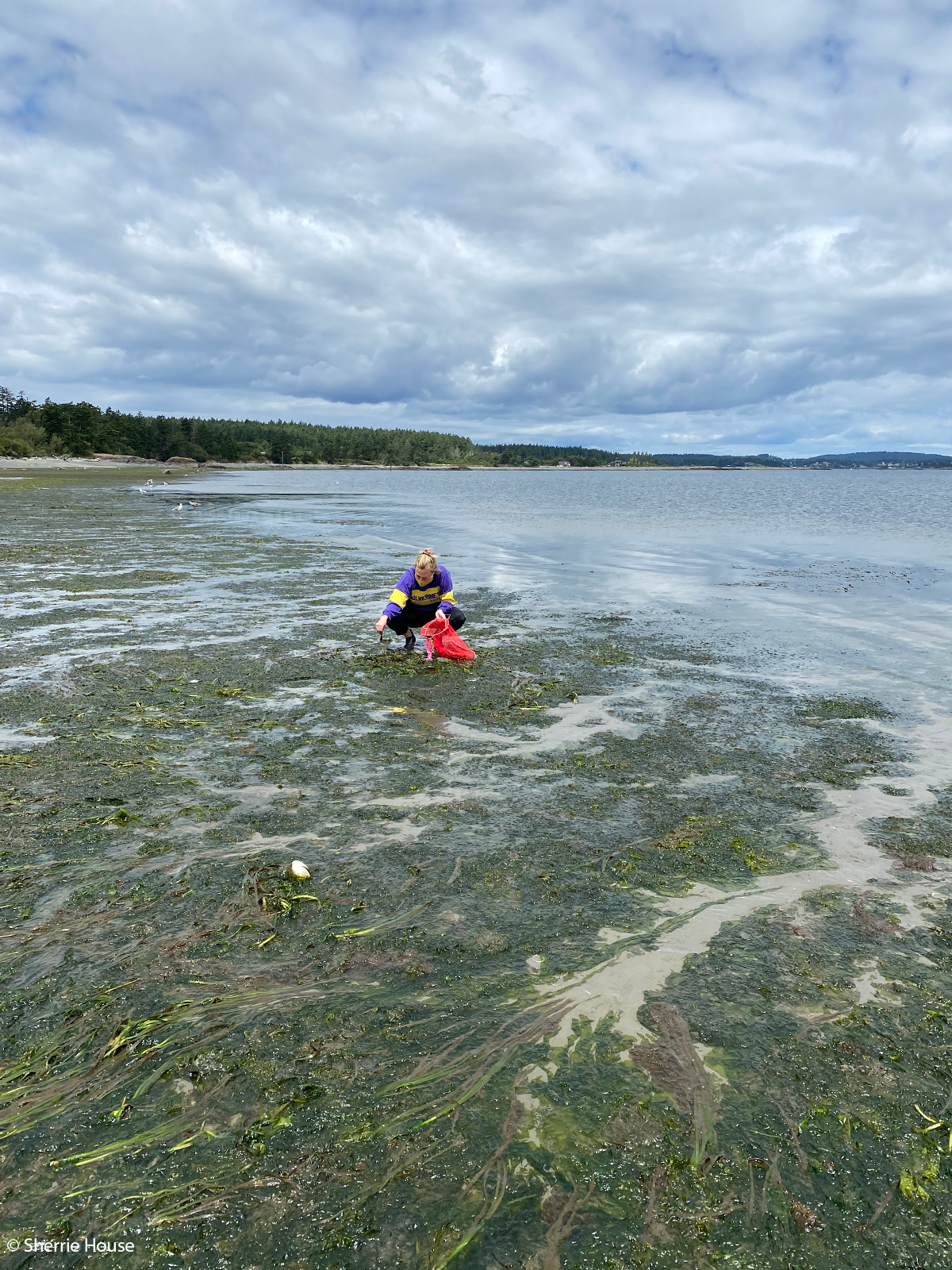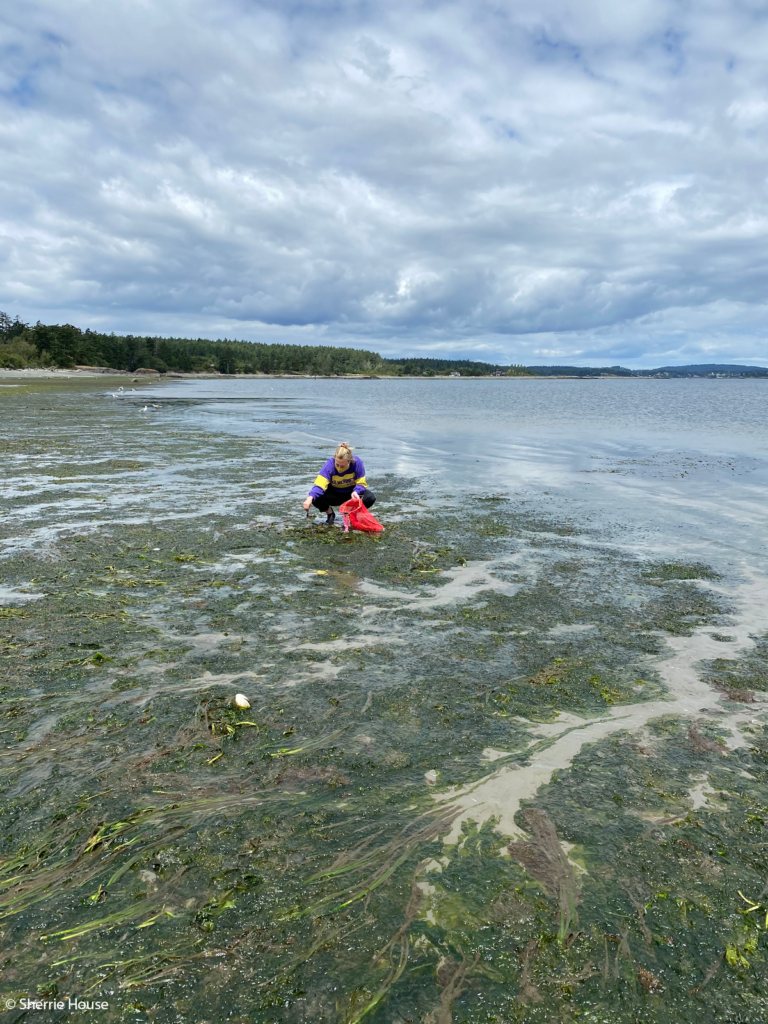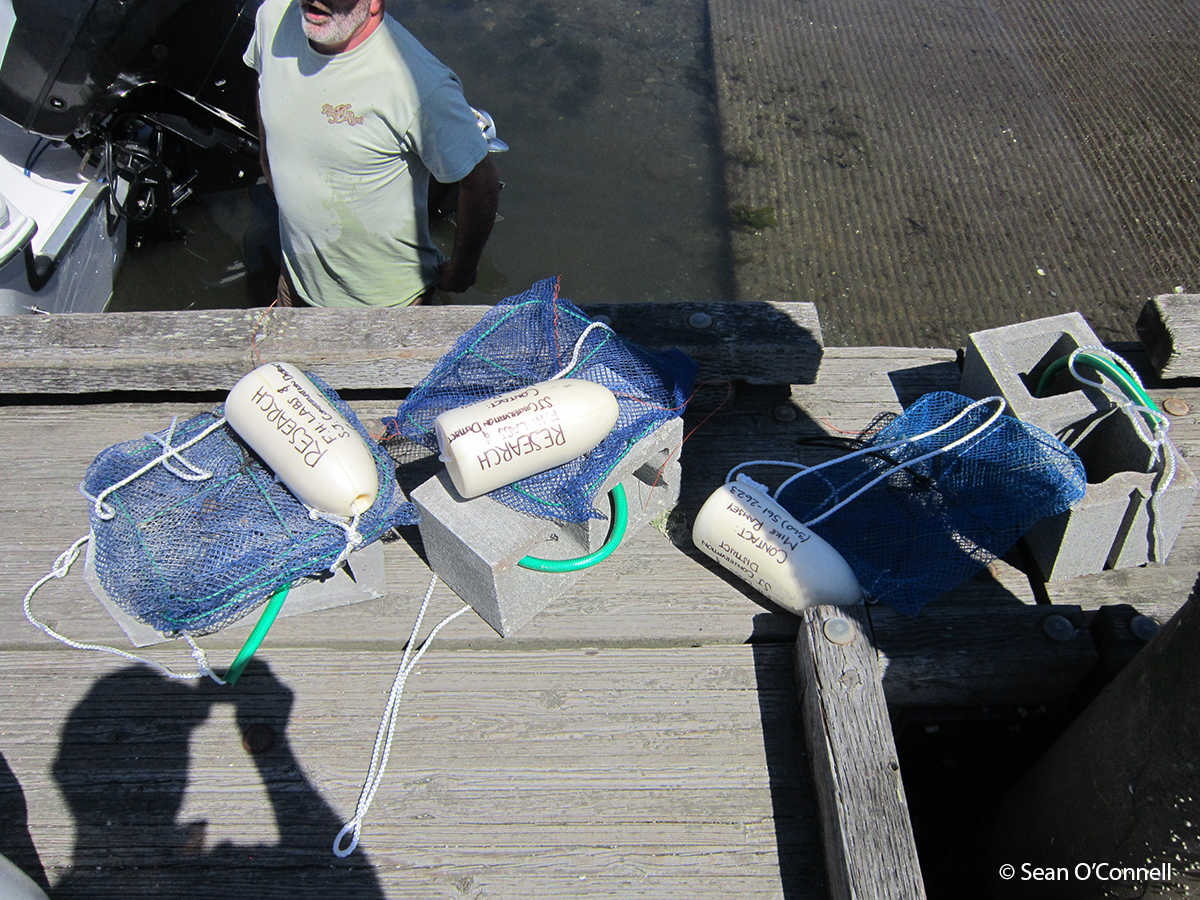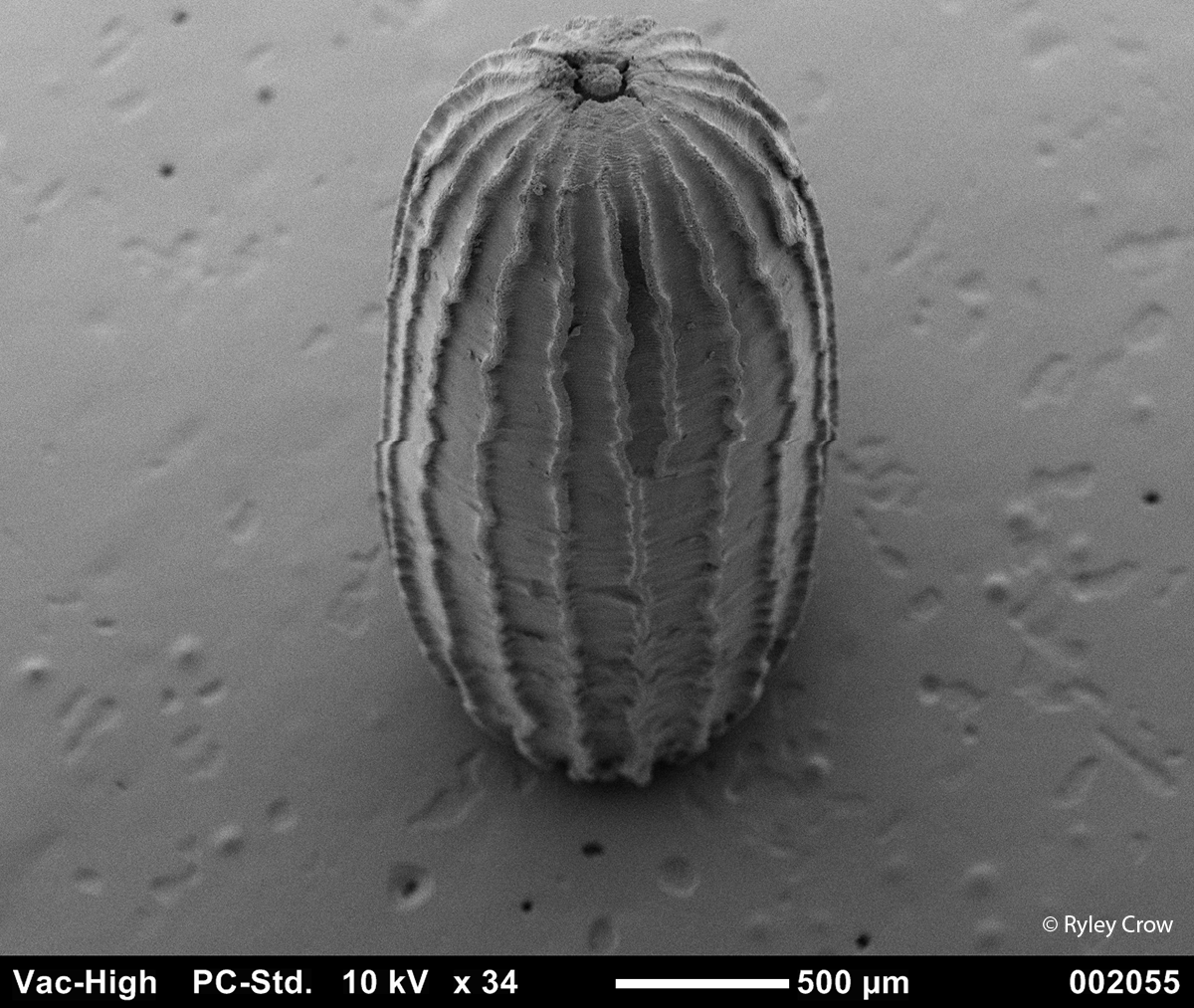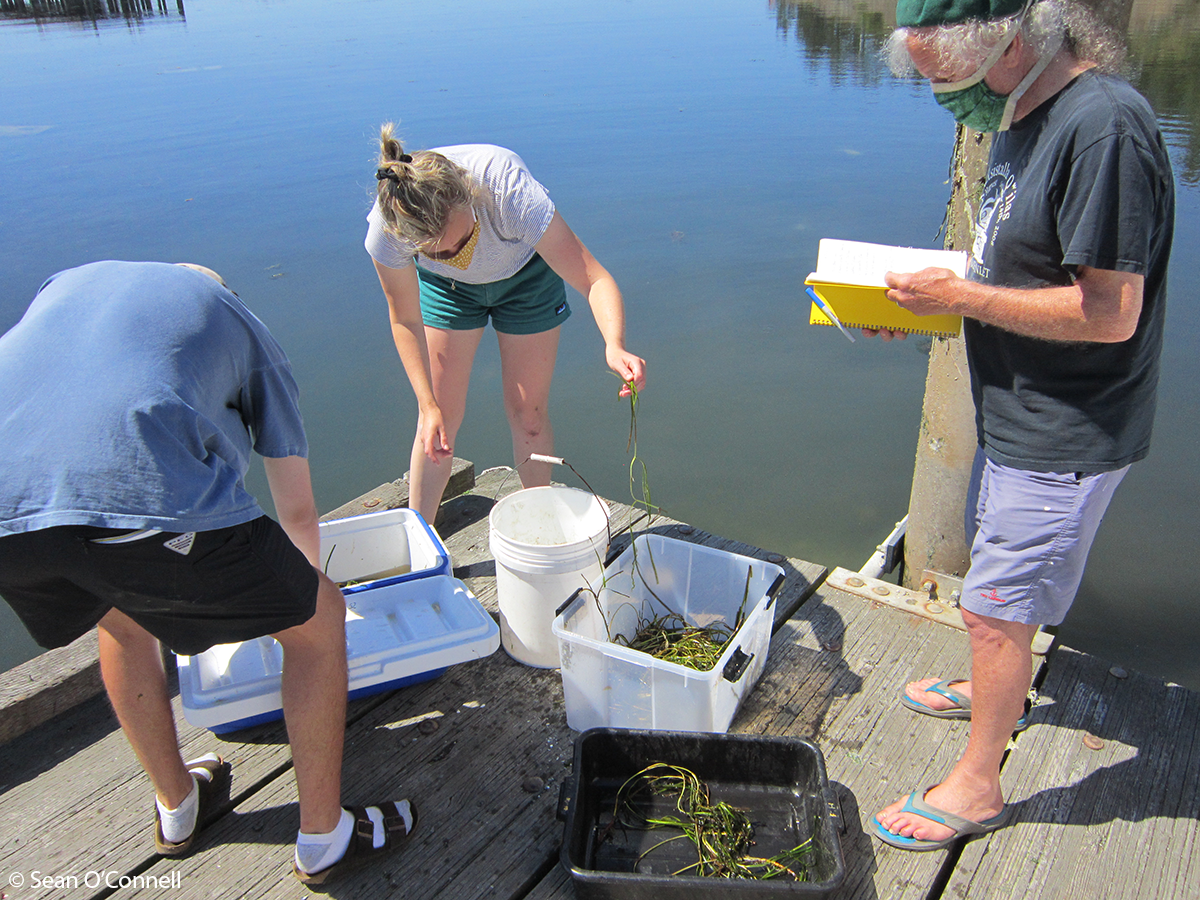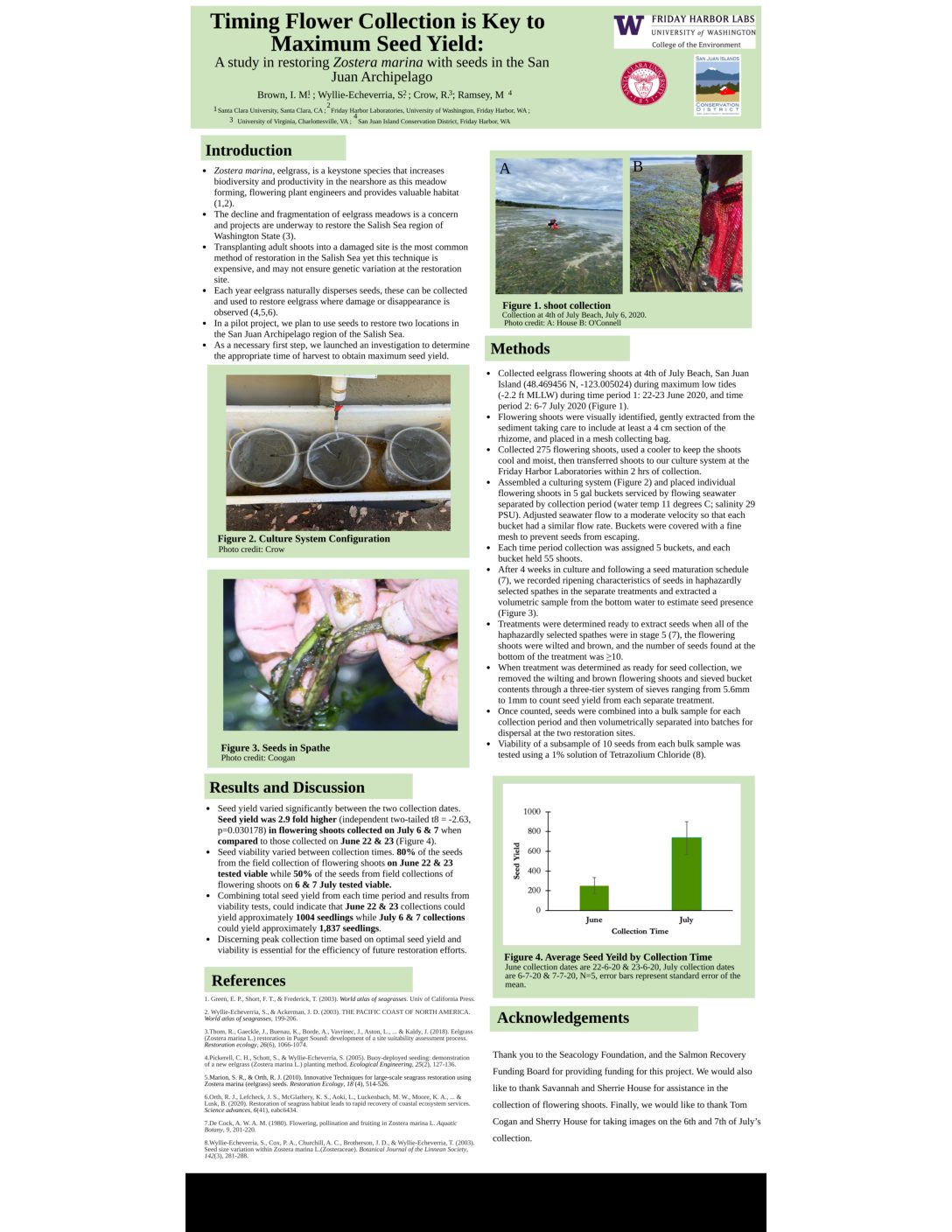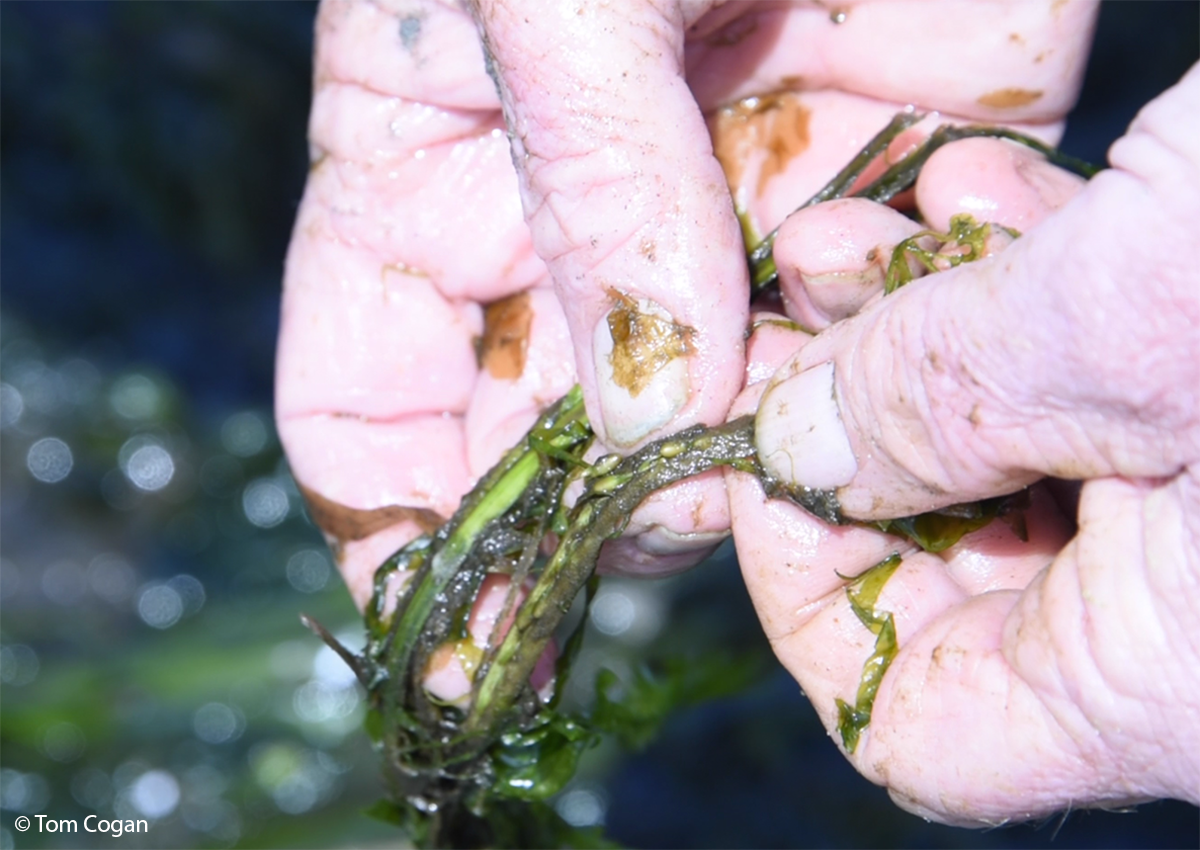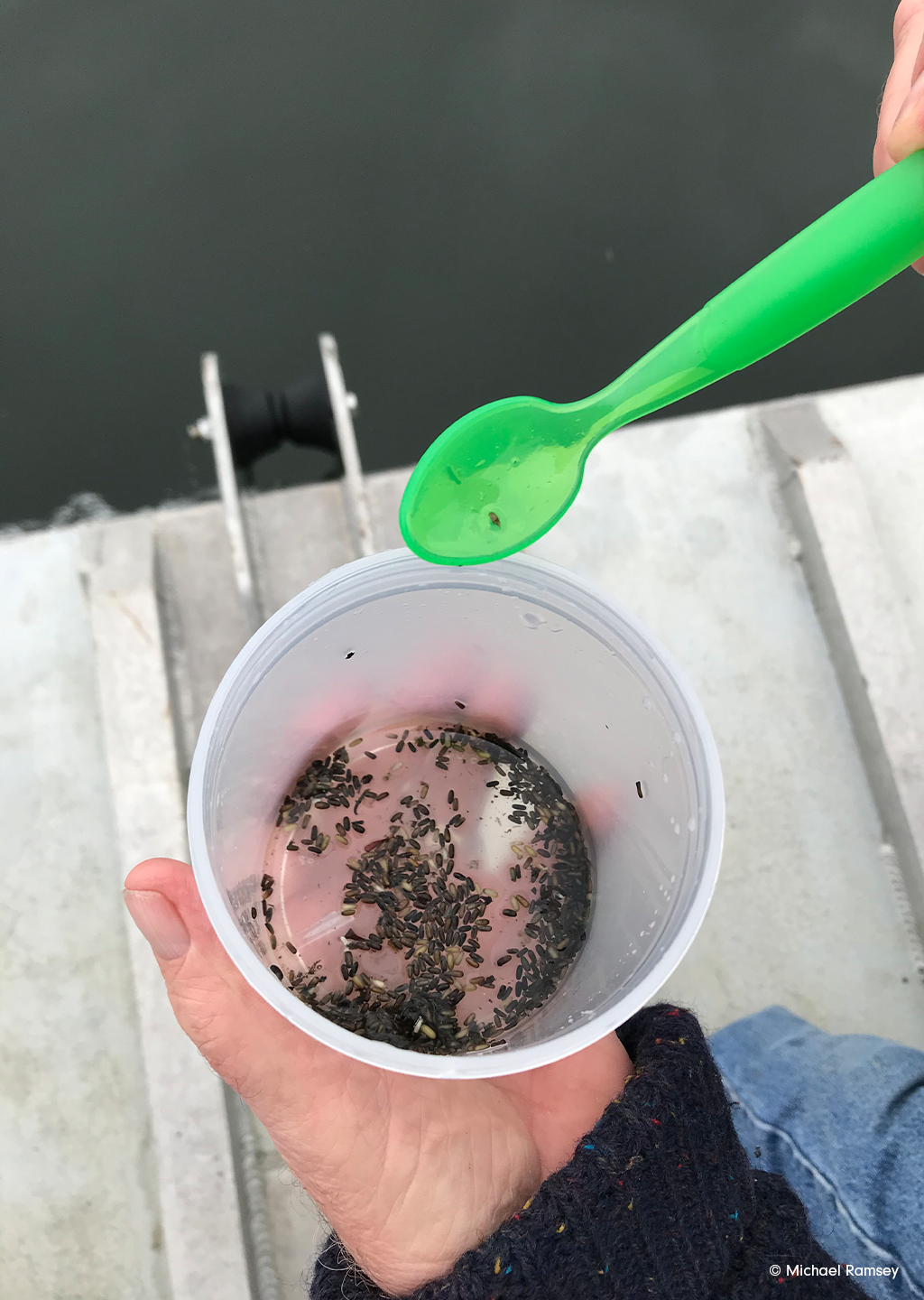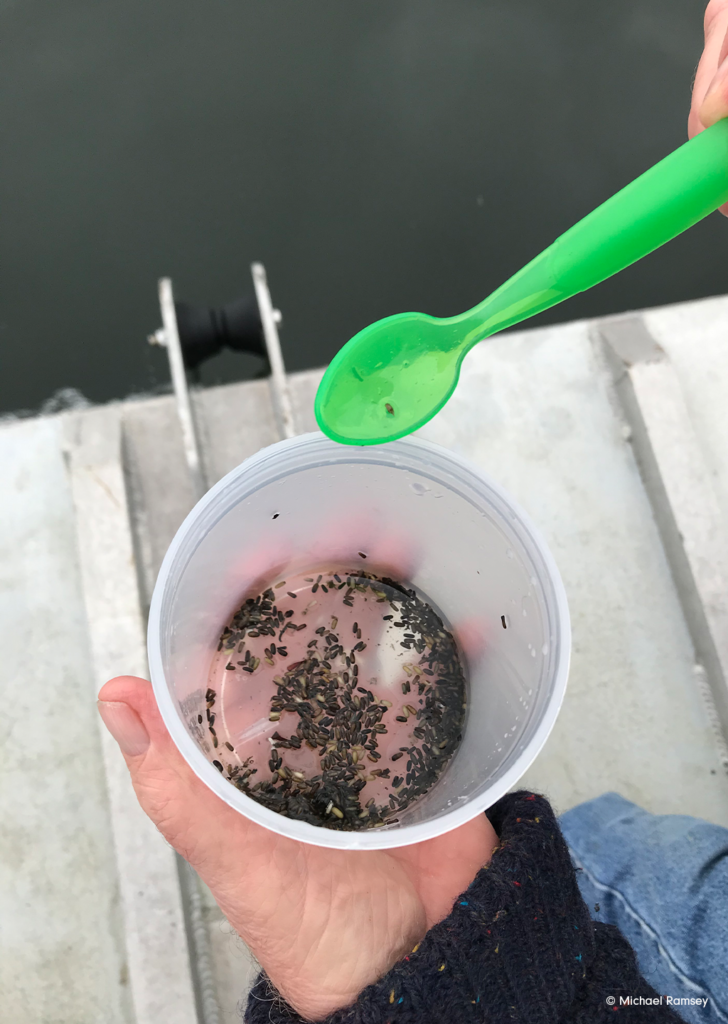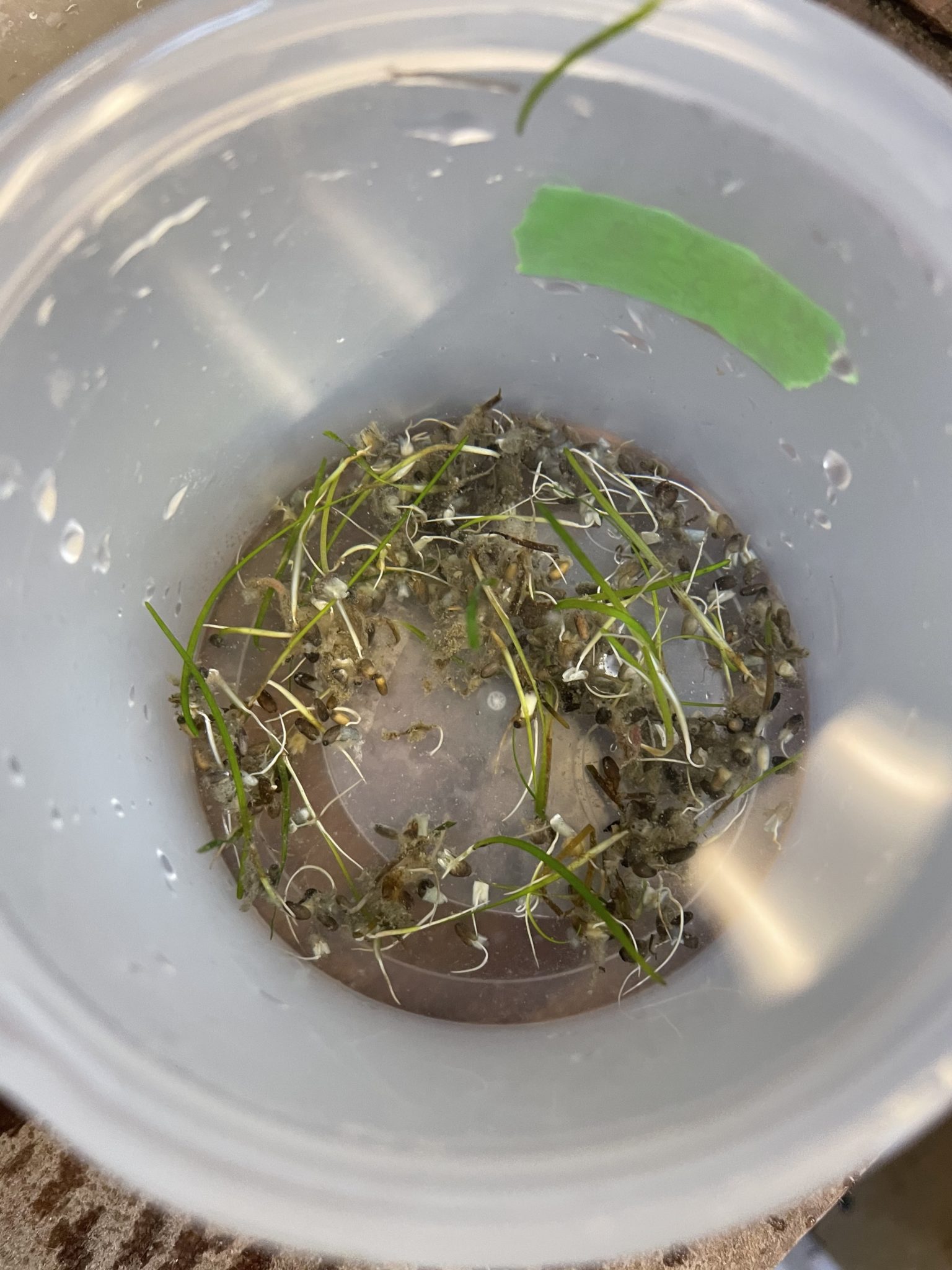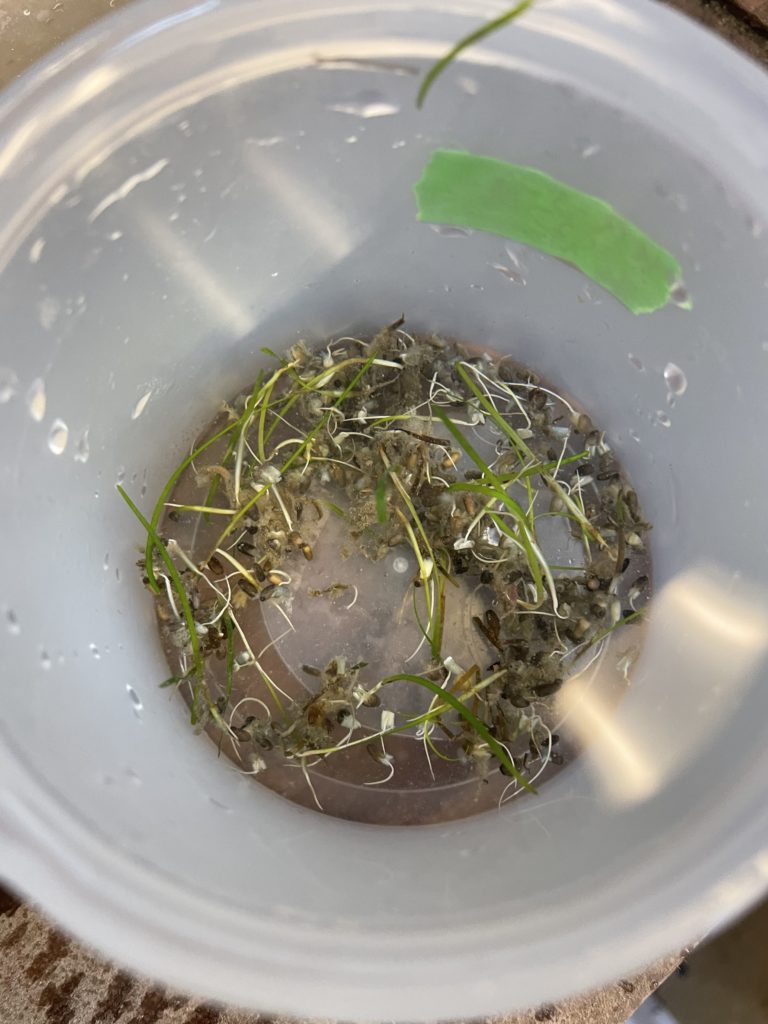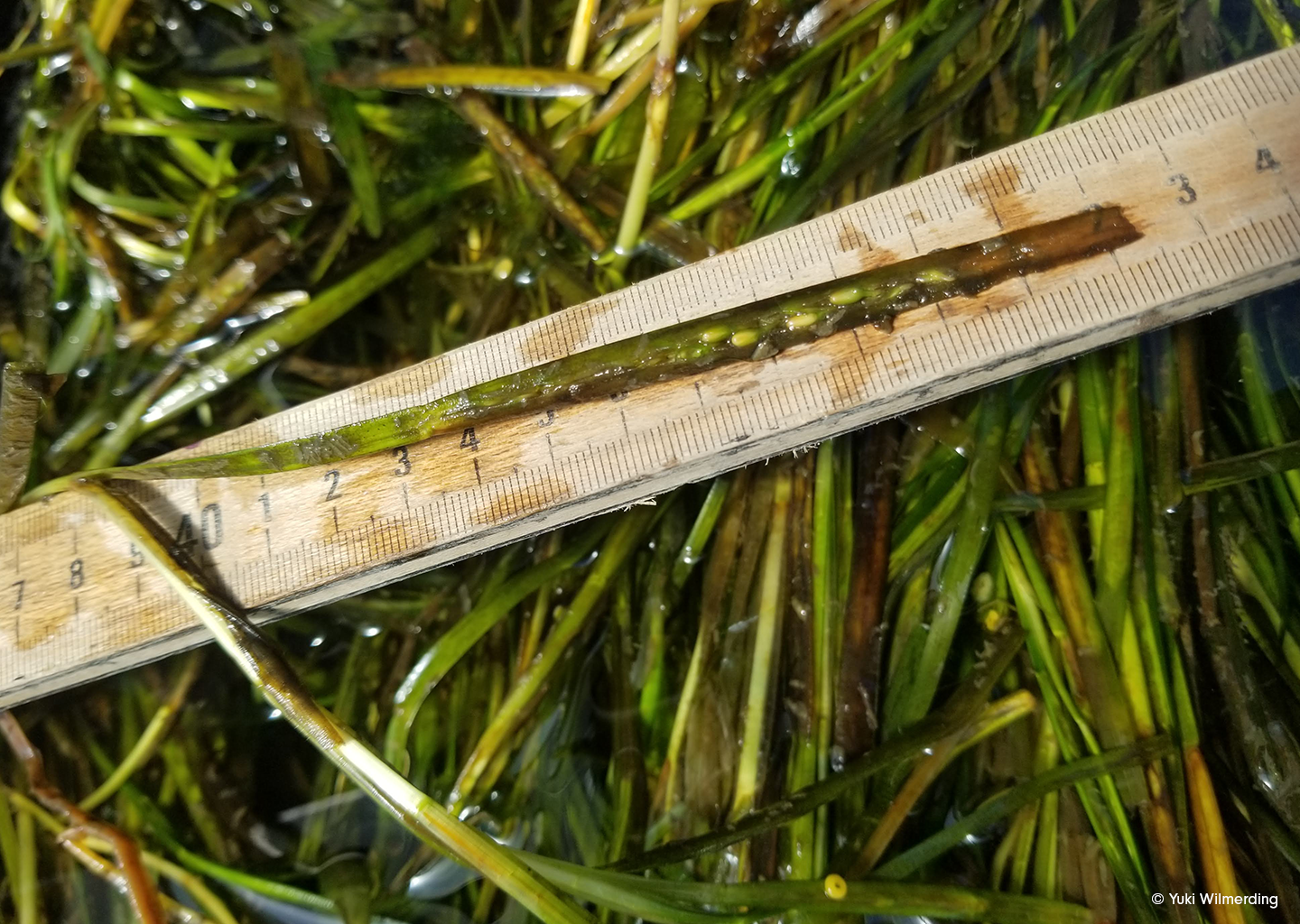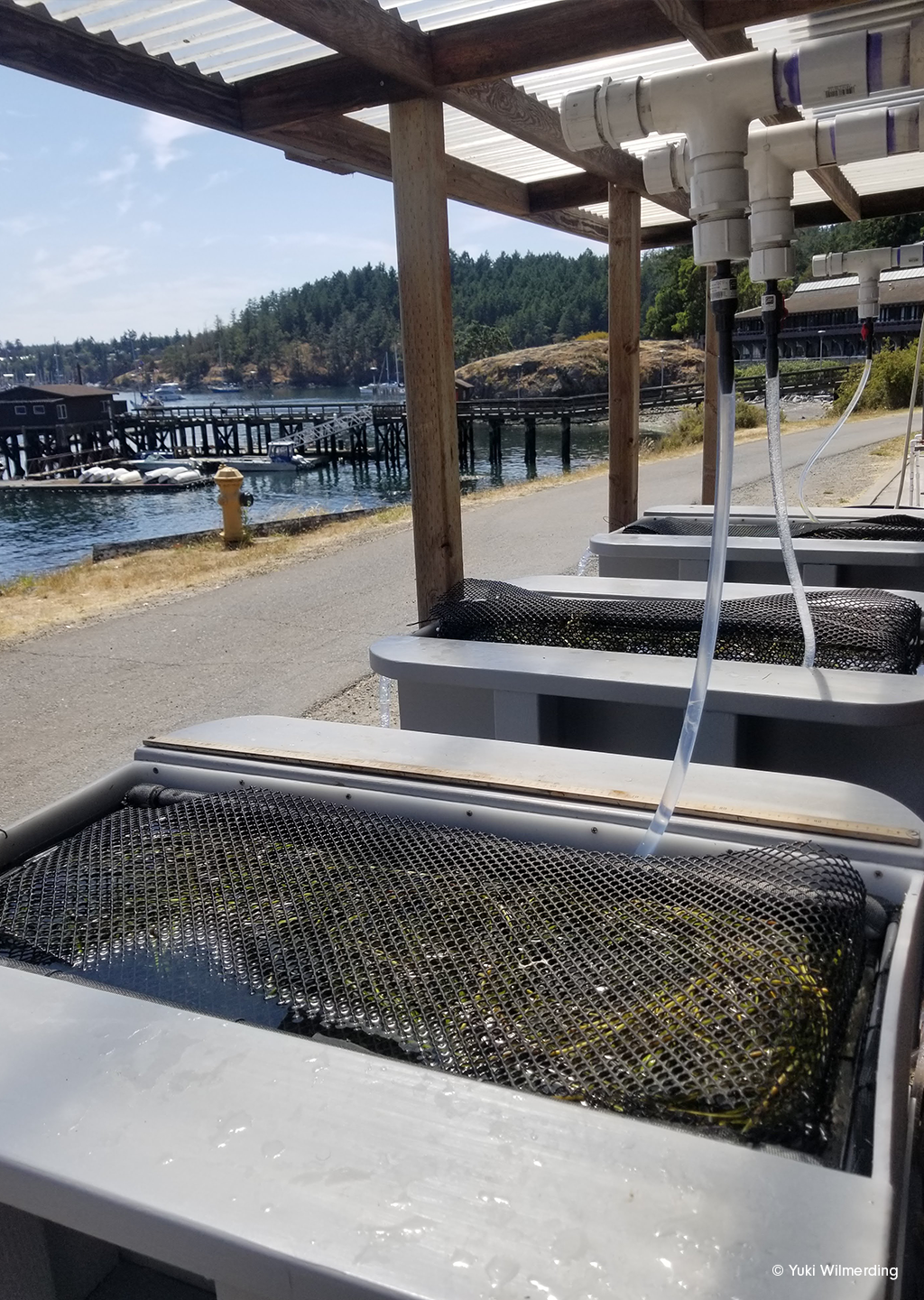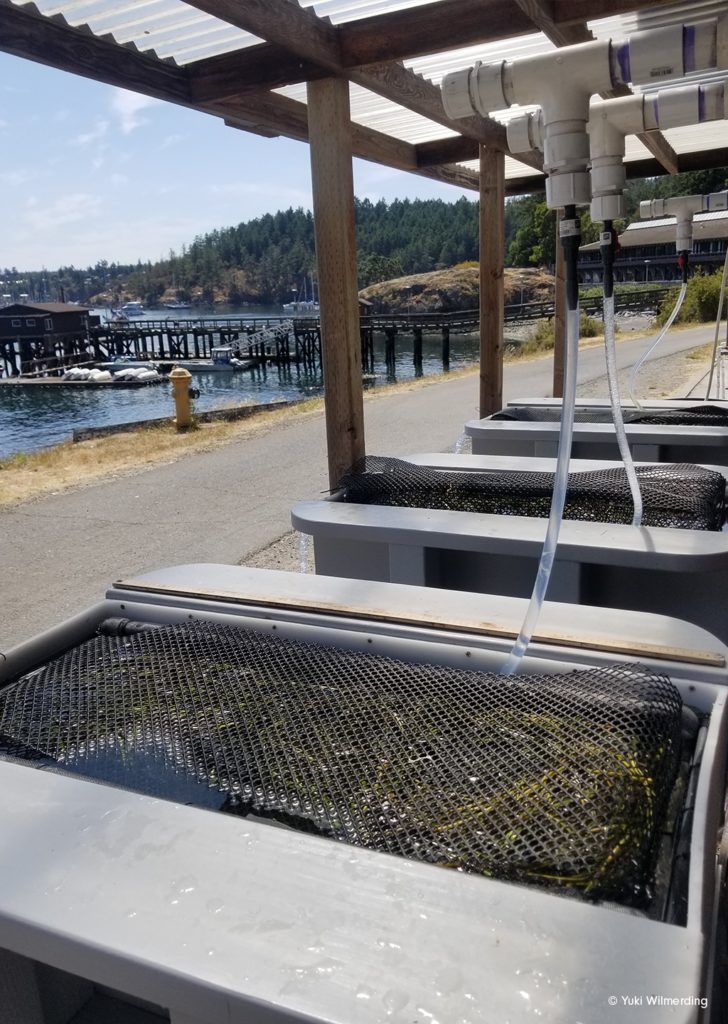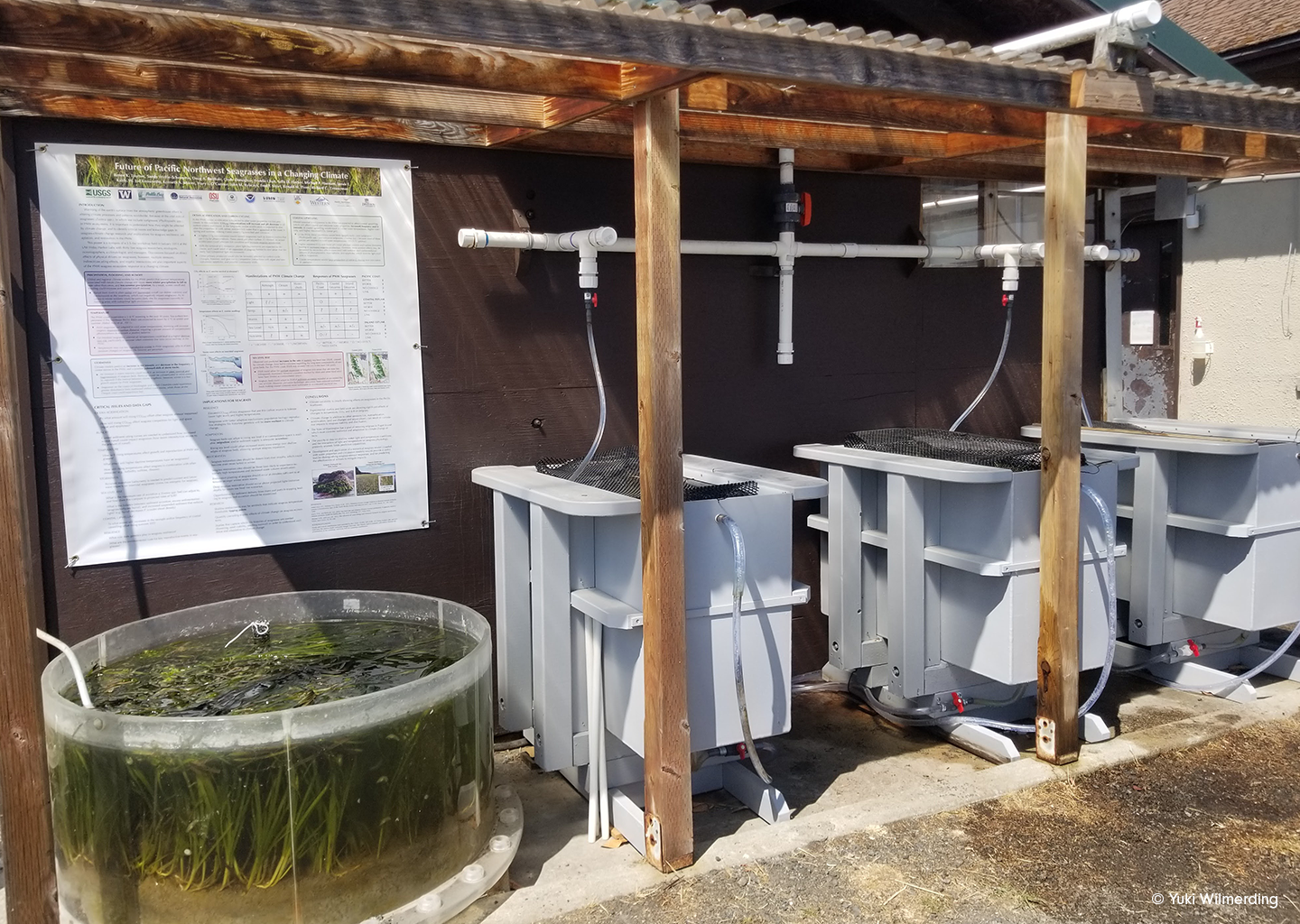This project will replant eelgrass (a kind of seagrass) in part of Puget Sound, Washington, where it began to disappear in the early 2000s.
The disappearance of eelgrass inflicted immediate and long-lasting damage on the marine environment of the San Juan Islands. Herring spawn in eelgrass, so the loss of habitat devastated their population. In turn, Chinook salmon, which eat herring, declined. Now there are fewer salmon, which make up 80 to 90% of their diet of the resident killer whales.
In the Pacific Northwest, these flowering plants, which grow submerged in shallow marine waters, provide myriad benefits, including:
- Food for waterfowl
- Shelter for many species of fish, crustaceans, and other animals
- Storm and erosion mitigation as their root systems stabilize the soft ocean bottom
- Better water quality, by trapping fine particles and filtering nutrients in runoff
- Economic support, as habitat for commercially important fish
- Carbon sequestration, because an acre of seagrass can store about three times as much carbon as an acre of rainforest
This project will restore eelgrass in Westcott Bay by planting seeds. This is a promising method, and is potentially less costly than transplanting mature plants. Other projects have used seeds successfully in other areas (Chesapeake Bay, for example), but they haven’t been tried widely in Puget Sound.
Luckily, the biggest expanse of eelgrass in the lower 48 states is in nearby Padilla Bay. Our project partners will collect flowering eelgrass shoots there. They will hold the shoots in flowing seawater while the seeds mature. Once mature, the seeds may need to be treated so that they sink quickly, in the area targeted for restoration. Then, volunteers will broadcast the seeds at the restoration site. Divers will assess success in the spring of 2021.


